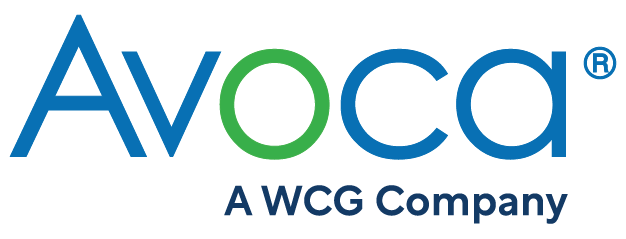Article: A Practical Framework For Assessing Risk In Clinical Trials
By Cristin MacDonald, PhD, Executive Director of Client Delivery, The Avoca Group
Clinical Leader – March 15, 2018
|
The purpose of a comprehensive assessment system is to support structured, systematic, objective, and rational decision making. This holds true even when assessing something as difficult to pin down as risk. The Avoca Quality Consortium (AQC) takes the position that a risk assessment system should support decision making with respect to three fundamental questions:
However, before we can build an assessment system that will answer these questions, we need to lay a solid taxonomic foundation for risk. |
 |
Laying The Foundation For Risk Assessment
The development of a comprehensive and effective system for the assessment of risk has been complicated in our industry by the fact that the term “risk” has not been well understood. For example, “risk” has been used in the industry to include any and all of the following:
- An unwanted event that could possibly happen that could then possibly create a quality problem, e.g., “site activation may be delayed long past training.”
- An unwanted event that has already happened that could possibly create a quality problem, e.g., “site activation has been delayed.”
- A quality problem that is already in the making, e.g., “high rate of protocol violations to date.”
- A quality problem that is a done deal, e.g., “very high protocol violation rate interferes with data interpretation.”
- A condition that makes it “really bad” when there is a quality problem, e.g., “pivotal Phase 3 study.”
You can readily see that “risk” has become, in common parlance, an all-embracing term that includes not only true risks, but also emerging or realized issues (outcomes), as well as modifiers of consequence…
For more information about The Avoca Quality Consortium’s metrics and risk assessment system, contact us.
